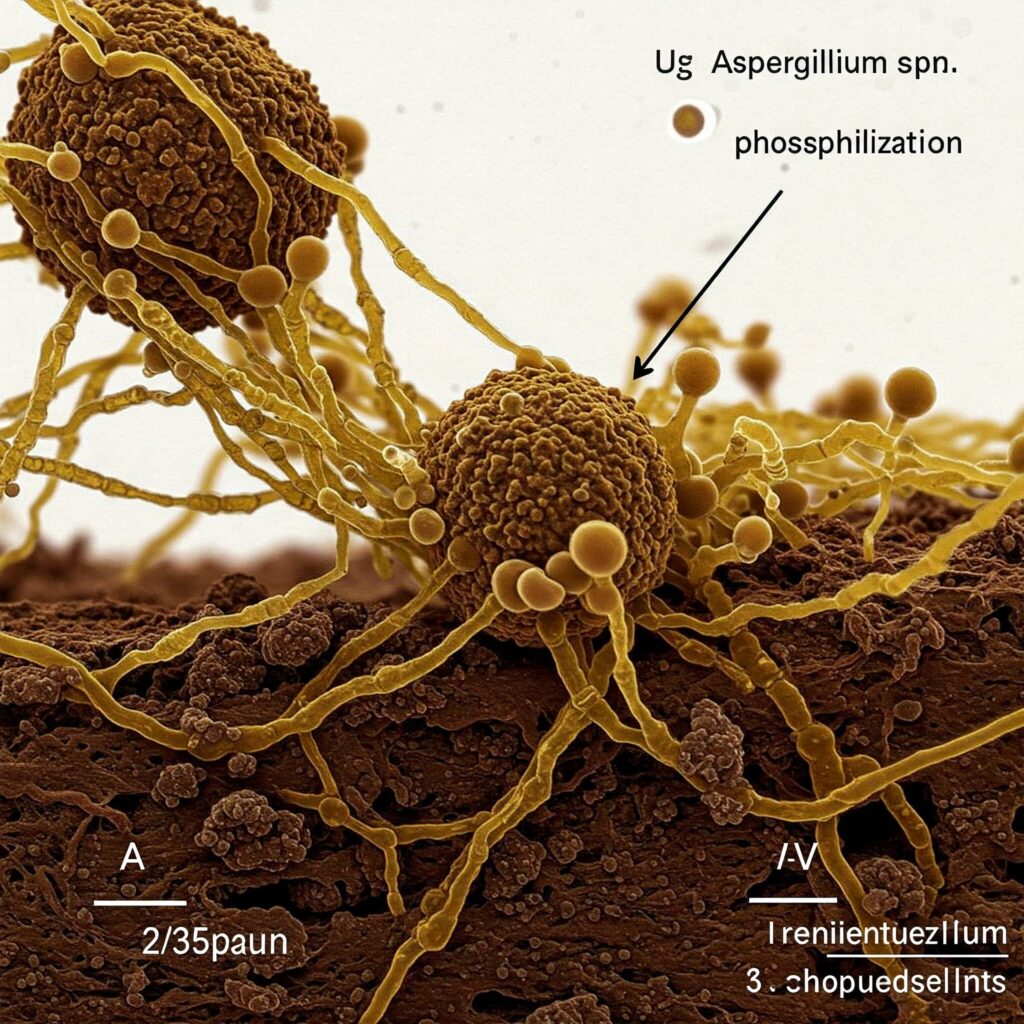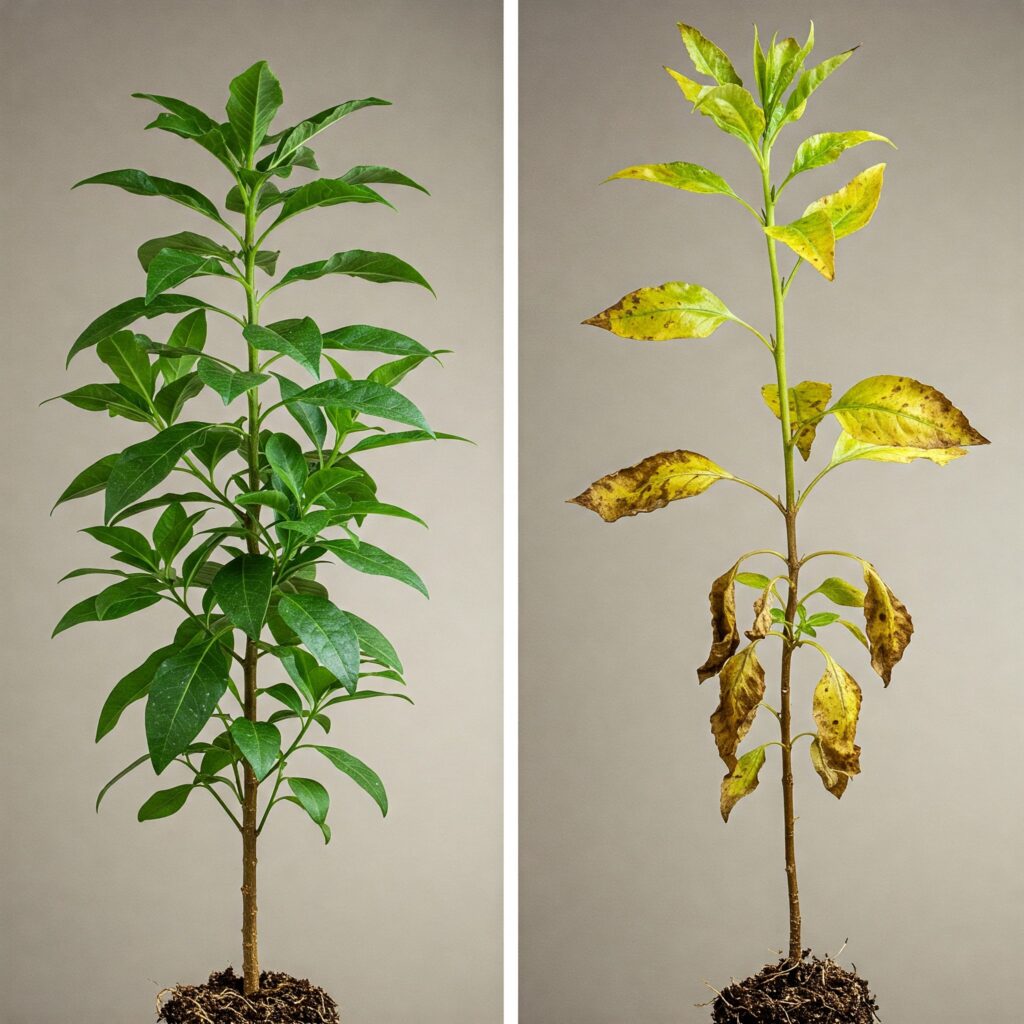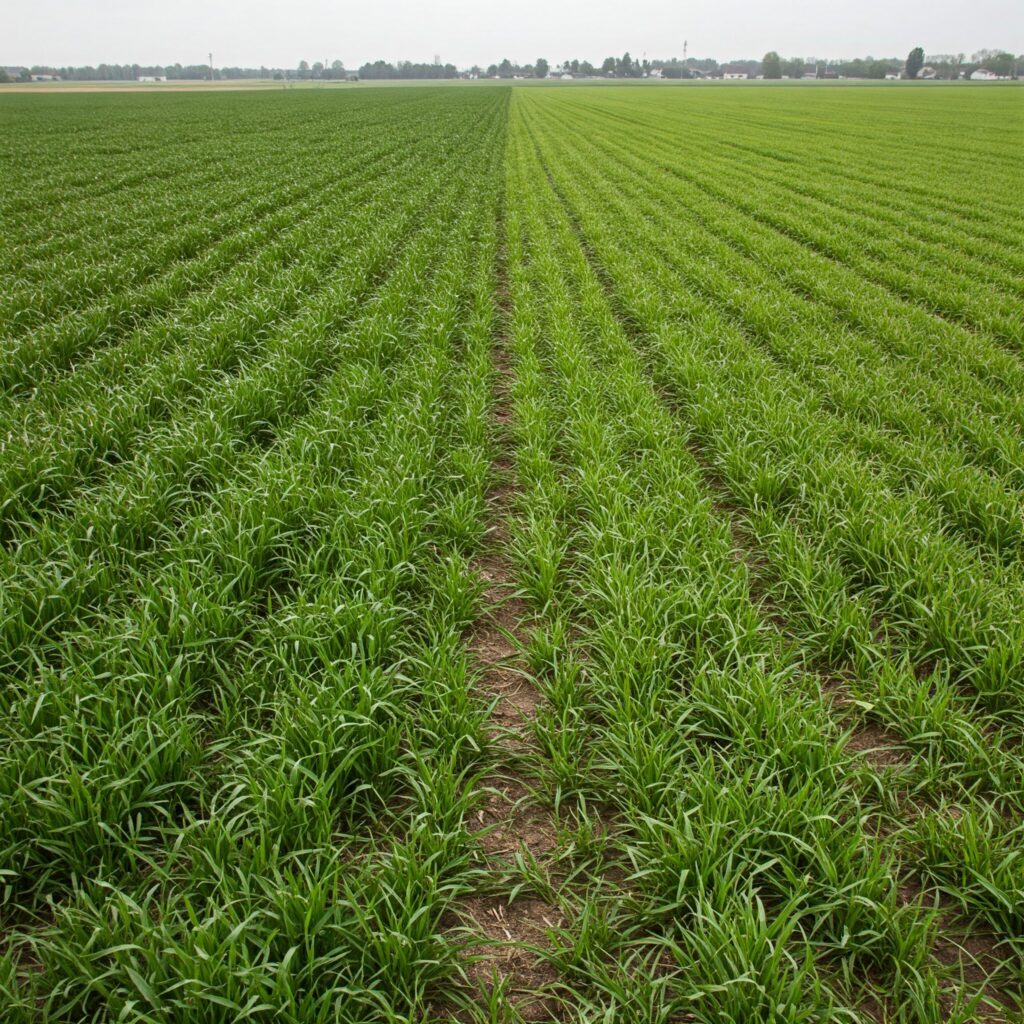In modern agriculture, phosphorus is an essential nutrient for plant development, but its availability in the soil is often limited. Phosphate-solubilizing fungi play a fundamental role by transforming insoluble phosphorus into forms accessible to roots. In this article, you will learn what these fungi are, their benefits, most prominent species, and how to integrate them into agricultural management.

What are phosphate-solubilizing fungi?
Phosphate-solubilizing fungi are microorganisms that convert phosphorus present in the soil into forms available to plants, such as orthophosphates. They produce organic acids that degrade insoluble compounds, thus releasing the phosphorus that roots can absorb.

Main species of phosphate-solubilizing fungi and their characteristics
Here we highlight some key species of phosphate-solubilizing fungi used in agriculture:
- Penicillium spp.: Improves the availability of phosphorus in acidic and alkaline soils, promoting root development.
- Aspergillus niger: Produces organic acids that solubilize iron and aluminum phosphates, especially in alkaline soils.

Benefits of phosphate-solubilizing fungi in agriculture
The use of phosphate-solubilizing fungi significantly contributes to agricultural sustainability, offering advantages such as:
- Greater availability of phosphorus: Facilitates the absorption of this nutrient in soils with low available content.
- Better root development: Continuous access to phosphorus promotes longer and denser roots.
- Reduction in the use of chemical fertilizers: Absorption efficiency decreases the need for synthetic fertilization.
- Optimization of soil fertility: Increases efficiency in nutrient use, reducing losses due to fixation.

Practical implementation in agricultural crops
Phosphate-solubilizing fungi can be applied through inoculants at the sowing stage or during vegetative growth. It is essential to ensure their compatibility with other beneficial microorganisms and avoid the excessive use of fungicides that may affect their viability.

Conclusion
Incorporating phosphate-solubilizing fungi into agricultural systems allows for the improvement of nutrient efficiency in crops naturally and sustainably. This contributes to a more efficient soil management, benefiting both productivity and the health of the agricultural ecosystem.

References
- Whitelaw, M. A. (2000). Growth promotion of plants inoculated with phosphate-solubilizing fungi. Advances in Agronomy, 69, 99-151.
- Pandey, A., et al. (2008). Phosphate solubilizing microorganisms and their role in plant growth promotion. Biotechnology Advances, 26(3), 327-336.
 AgronoBlog – Agriculture Blog
AgronoBlog – Agriculture Blog 


